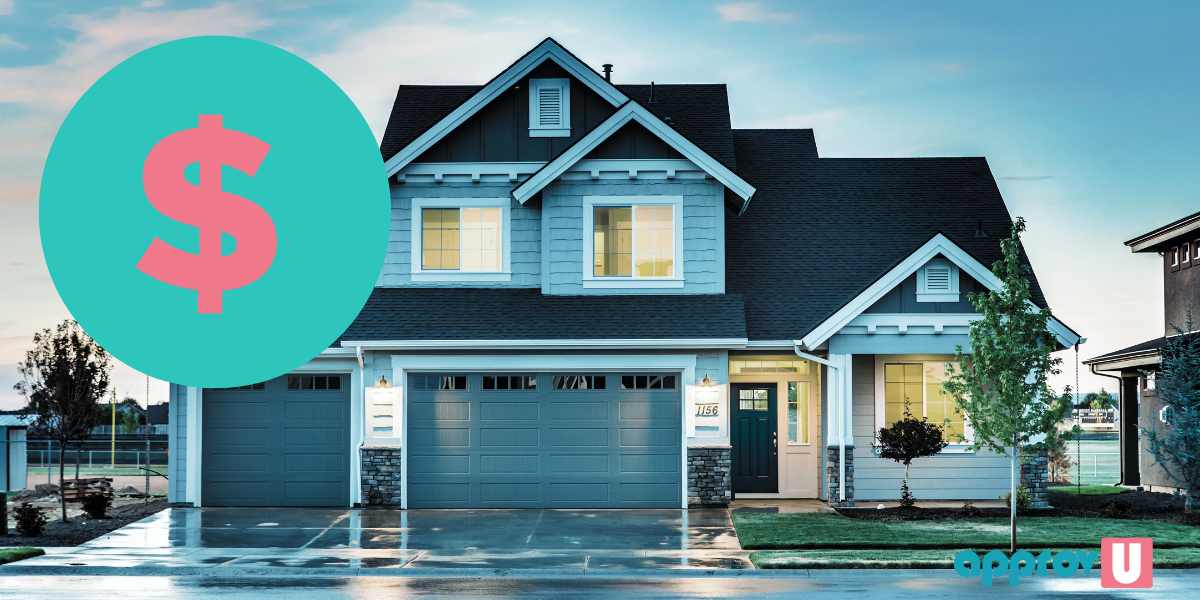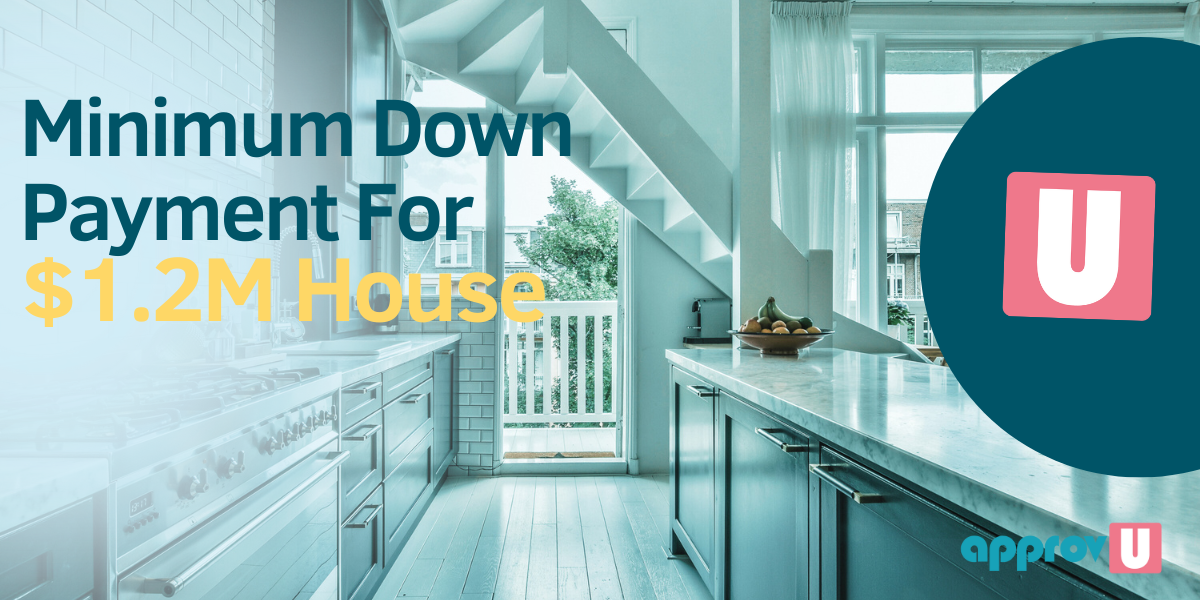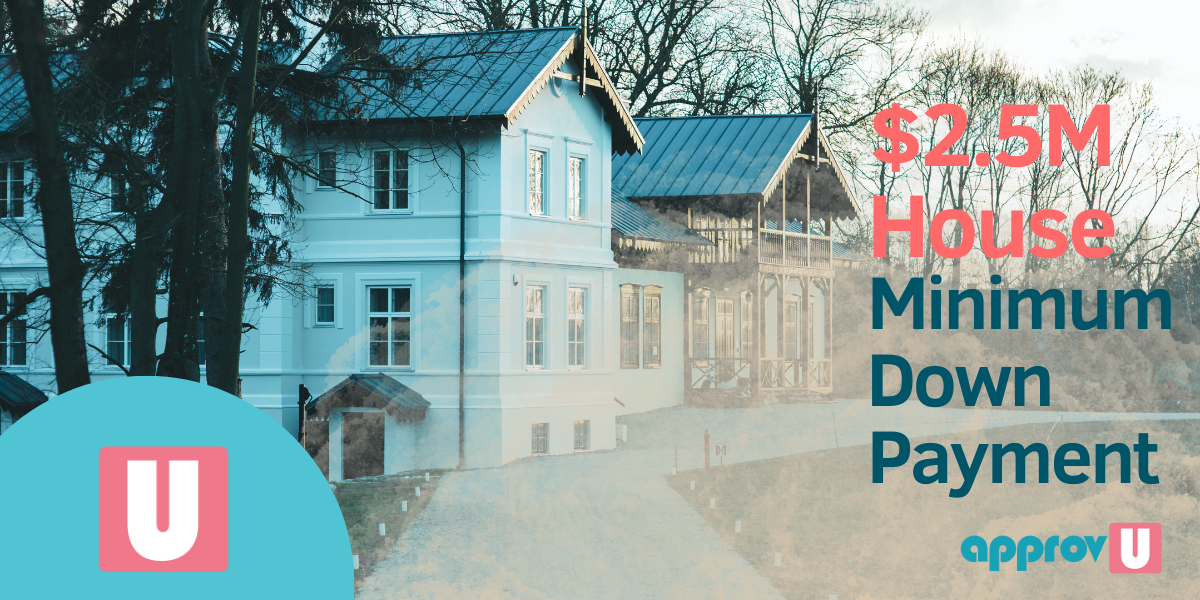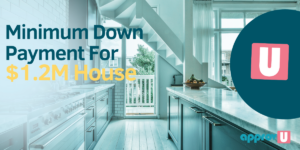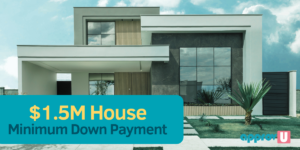Buying a single-family house with a mortgage is a major decision, but it can also be an exciting and rewarding experience.
Single-family homes offer more privacy, space, and flexibility compared to multi-family dwellings, making them a popular choice for families and individuals alike.
However, navigating the process of buying a home with a mortgage can be overwhelming.
In this guide, we’ll explain how to buy a single-family house with a mortgage in Canada.
The steps include understanding the criteria for a single-family house, selecting the right mortgage and lender, finalizing the application, and closing the deal.
By the end of this guide, you’ll clearly understand how to make your dream of owning a single-family home a reality.
This article is part of our complete guide to the Best Types Of Houses In Canada For Mortgage Financing.
What is a Single-Family House for Mortgage Purposes?
A single-family house is a type of residential dwelling that is constructed for the exclusive use of one family.
Unlike multifamily homes with multiple units, a single-family house stands alone and is not connected to any other residential building.
Single-family homes can range in size from small bungalows to expansive mansions, and they can be found in various architectural styles, such as colonial, ranch, Victorian, or contemporary.
They can be built on different types of lots, from urban to suburban to rural settings, and may include a yard, garden, or outdoor living space.
Single-family houses provide a sense of privacy, as they are not shared with other households and allow residents to customize the property to meet their specific needs and preferences.
They are a popular option for families with children and individuals who desire more space and autonomy than apartments or condominiums can provide.
Characteristics Of A Single Family House
Certain features must be present in the residential property to qualify as a single-family house.
Single-Family Homes Are Detached From Other Homes
One of the primary characteristics of single-family homes is that they are detached from other dwellings.
In residential areas, there is typically a separation of at least 10 feet or a fence between one dwelling and others.
However, the separation distance in urban areas can vary significantly depending on zoning laws.
Some homes can be built as close as five feet apart.
In rural areas with less restrictive zoning laws and lower land values, houses can be built closer together and even share walls.
Single-Family Homes Are Mostly Owned, Not Rented
Single-family homes are primarily constructed for owner occupancy rather than rental purposes.
Therefore, the occupants of a single-family home are typically the owners rather than tenants.
However, even if the owner rents out the property to a tenant, the home can still be considered a single-family home as long as the lease agreement allows the tenant to occupy the property exclusively.
Single-Family Homes Have a Foundation
Single-family homes typically have a foundation, although it’s not a requirement.
A concrete or brick foundation with walls below ground level is usually the norm, while some homes may be built on concrete piers or other supports without foundation.
In most cases, a home built with a foundation will still be considered a single-family home.
A Single-Family Home Has Fewer Than Two Dwelling Units
Finally, the last thing you need to know about single-family homes is that they only have one or two units (the basement unit).
A residential property with more than two units is classified as a multi-unit house for mortgage purposes.
Difference Between A Single-Family House And Multi-Family House
A single-family house is a structure that is designed to accommodate one family.
On the other hand, a multi-family house is a structure that is designed to accommodate more than one family.
Size of the Unit
A single-family house usually offers more living space compared to a multi-family house.
Typically, single-family houses range from 1,500 to 3,000 square feet, while multi-family houses are much smaller, ranging from 400 to 1,200 square feet.
The layout of the House
The layout of a single-family house typically includes more bedrooms compared to a multi-family house.
Additionally, single-family houses may have a den, foyer, media room, and other spaces not typically found in multi-family complex units.
These extra rooms and spaces make the layout of a single-family home more suitable for accommodating the needs and preferences of a single family.
Features of the House
Features like a private garage attached to the house are common stables of single-family living.
Multi-family units have a community-style garage.
Each unit owner can have a designated parking spot in the garage, which is not found in single-family houses.
Cost of the Unit
When it comes to cost, a single-family house is generally more expensive compared to a unit in a multi-family house.
This is due to several factors, such as the size, amenities, features, neighbourhood, and privacy that single-family homes offer.
These factors contribute to the higher cost of single-family homes compared to units in a multi-family complex.
Privacy
Single-family living offers a higher level of privacy compared to multi-family living.
In a single-family home, you don’t have to share your driveway, garage, entry door, hallway, or other living spaces with your neighbours.
You can enjoy more personal space and privacy in a single-family house than in a multi-family home where you have to share these common areas with other families.
Advantages Of Buying A Single-Family House
- You can do whatever you want with your yard without bothering the neighbours.
- No one above or below you to worry about. You have complete privacy.
- Another pro is that it has a garage to keep your car instead of the street.
Disadvantages Of Buying A Single-Family House
- It is more expensive to buy a single-family house than a multi-family condo complex in a specific location.
- Unlike a single-family home, you could earn a rental income for your multi-unit house.
- Your house may lack the amenities familiar with condo complexes. You will all bear the cost if you have put in your property.
Alternatives To Single-Family Houses
Many of us like to think that our home is a castle, so there are alternatives to a single-family dwelling.
- Condominiums: These are similar to apartments, but the property is owned by a group of people rather than one specific person. This allows you to have a private living space while benefiting from shared amenities and common areas.
- Cooperatives: Another option is cooperative housing, which is similar to a condo but owned by the people who live there rather than a group of people. This means that the residents collectively own the property.
- Group Living: For those interested in a single-family home but open to sharing it with multiple families, group living might be a good option. This is like having roommates, but with a shared common area and responsibility for maintaining the property.
- Townhomes: Finally, if you’re interested in a single-family home with a view of the surrounding area, a townhome might be the right choice. Townhomes are typically multi-level homes that share one or two walls with neighbouring units. This allows you to have the privacy of a single-family home while still having a view of the surrounding area.
Financing Your Single-Family Home Purchase with a Mortgage
A mortgage can be a helpful tool for quickly achieving your dream of homeownership.
It allows you to divide the total cost of the house into regular payments over a long time, making it more manageable.
You can obtain a mortgage from your bank, credit union, broker, or online platforms like approvU.
However, before diving into the process, it is crucial to understand the steps involved in acquiring the right mortgage loan that fits your budget and needs.
We’ve compiled some useful tips for obtaining a mortgage loan.
Read on to learn our top recommendations for securing the financing you need for your new home.
Look at Your Budget
To ensure that you’re financially ready to take on a mortgage, it’s essential to look at your budget and determine your ability to make the required payments.
Consider how much you can realistically spend each month on housing costs based on your current income.
It’s important to remember that housing costs go beyond the regular mortgage payment, so factor in other expenses such as property taxes, insurance, and maintenance.
By analyzing your budget, you can uncover areas where you can cut costs and make room for a higher mortgage payment.
In general, keeping your mortgage payment at 35% or less of your family’s gross income is recommended.
A high down payment toward your home purchase can also lower your ongoing mortgage costs.
Review Your Credit Record
Your credit record is an important factor that lenders consider when deciding whether or not to offer you a mortgage loan.
It also plays a significant role in the interest rate, terms, and options available for your mortgage.
Your credit record comprises two components: your credit history and a three-digit credit score.
Your credit history represents your past payment behaviour, while your credit score reflects your current and overall creditworthiness.
Having a high credit score is important to improve your chances of getting a good mortgage loan.
Before applying for a mortgage, you should review your credit score and report to ensure everything is accurate.
You can access free tools like Borrowell, Credit Karma, or your mobile banking app to view your credit score and report.
Checking your credit score and report can help you identify any errors or issues affecting your creditworthiness.
By fixing these issues beforehand, you can improve your chances of getting approved for a mortgage with favourable terms and interest rates.
Consider the Mortgage Options
When obtaining a mortgage loan, there are various options available to you, including different loan types and lenders.
You want to shop around and compare mortgages from different lenders to find competitive rates and suitable terms and conditions.
One tool that can help you compare mortgage options is approvU, which has over 25 vetted mortgage lenders.
You can compare several mortgages across multiple lenders to find the best deal for your needs.
While you can also go to brokers for house financing, it’s important to note that the costs and lack of transparency associated with obtaining a mortgage loan through a broker have been well documented.
Alternatively, going directly to a bank for a mortgage loan may limit your ability to compare mortgages from other lenders and get the best possible rates.
Choose the Mortgage
Choosing the appropriate mortgage can be daunting.
However, with approvU, you can easily select the mortgage that best fits your needs and situation.
If qualified, you will see your personalized list of mortgages from different lenders, which you can sort by rate, lender, term, and other relevant factors.
Selecting a mortgage within your budget and flexible payment terms to adjust to life events is also essential.
When reviewing your mortgage options, consider the associated costs, interest rates, and other features such as portability, transferability, blend, and more.
When comparing mortgages, it’s important to compare apples to apples.
For example, compare a 3-year fixed-rate mortgage to another 3-year fixed-rate mortgage rather than comparing a fixed rate to a variable rate or a 2-year term to a 4-year term.
Apply for a Loan with your Mortgage
Once you’ve reviewed, compared, and selected your top three mortgage options, it’s time to apply for final approval.
With approvU, the application process is streamlined, enabling you to submit a single application to multiple lenders for competitive rates.
Additionally, you can invite your co-borrowers to collaborate on the application.
You’ll need the following documents to complete your application for the mortgage.
- Your ID/driver’s license to confirm your identification
- Income documents like pay stubs, employment and tax returns
- Bank statements to verify your down payment funds.
- Employment info
Having everything ready can streamline the mortgage loan application process.
Conclusion
In conclusion, buying a single-family house with a mortgage in Canada can be a great option for those looking for a more spacious and private living arrangement.
Single-family homes offer more living space, privacy, and a variety of layout options compared to multi-family homes.
However, it’s important to carefully consider your budget, credit record, and lending options before applying for a mortgage.
One added benefit of single-family homes is their lower water and energy usage, as one family typically handles all the cooking, cleaning, and laundry.
With the right mortgage and home selection, a single-family home can provide a comfortable and energy-efficient living space for you and your family.


